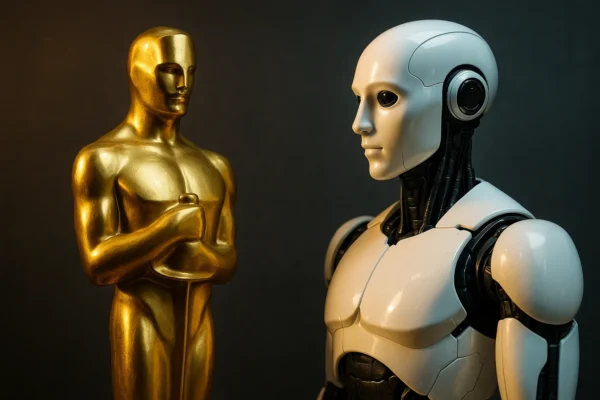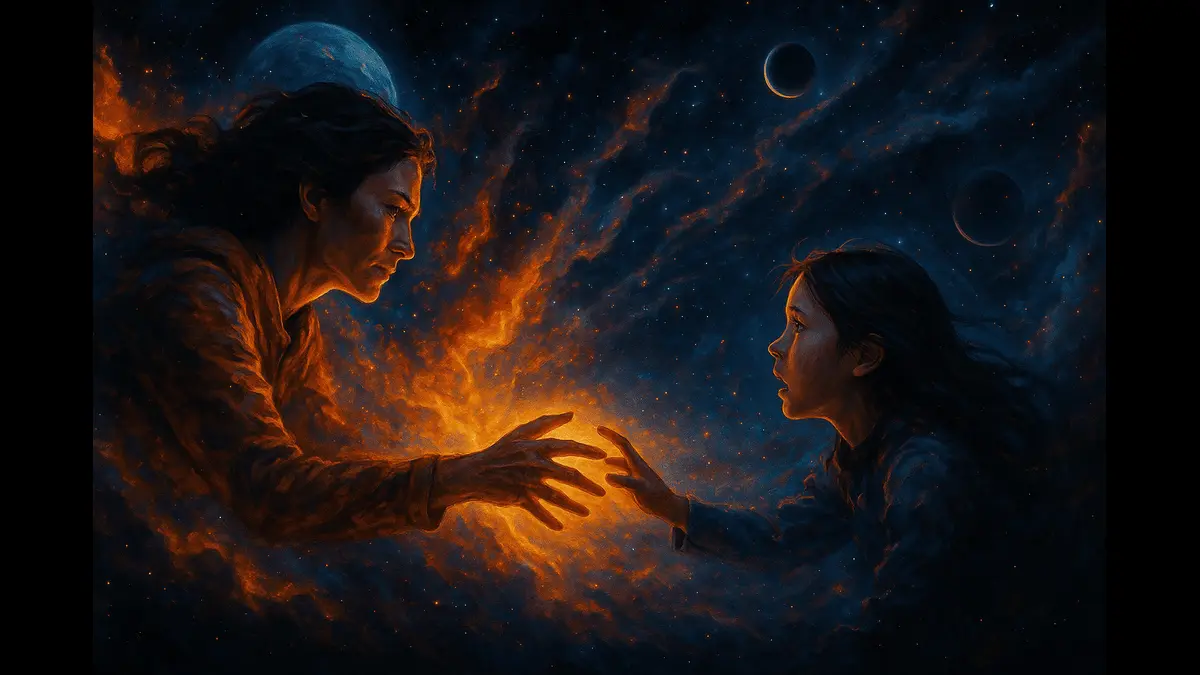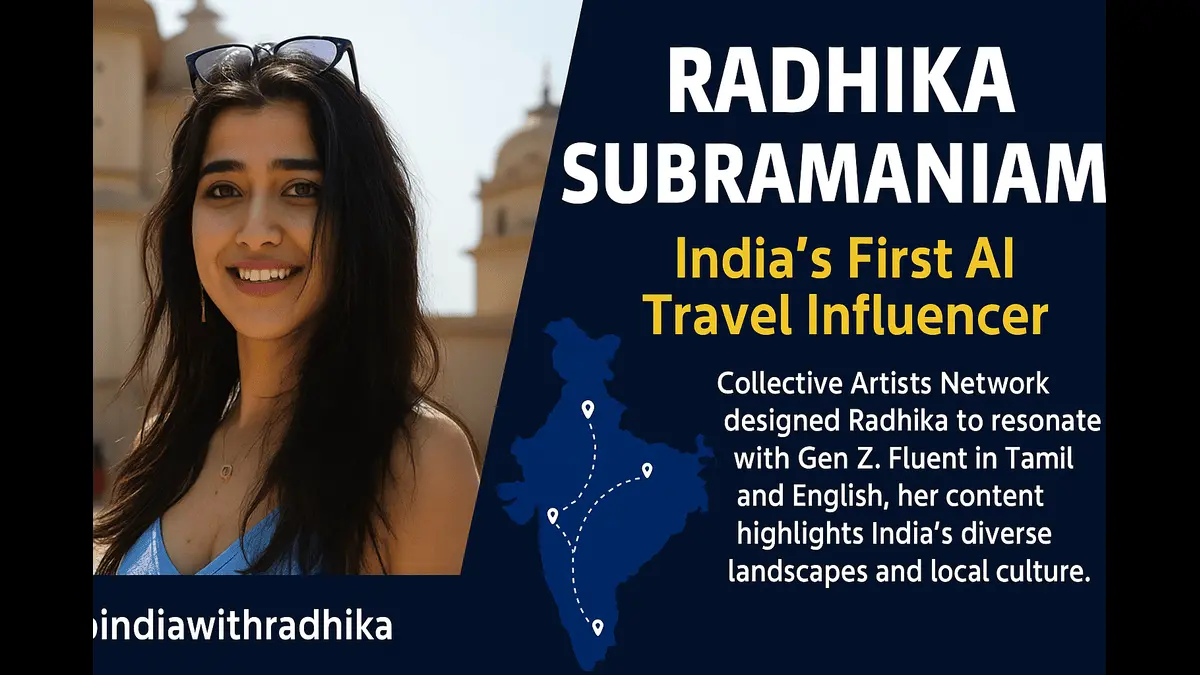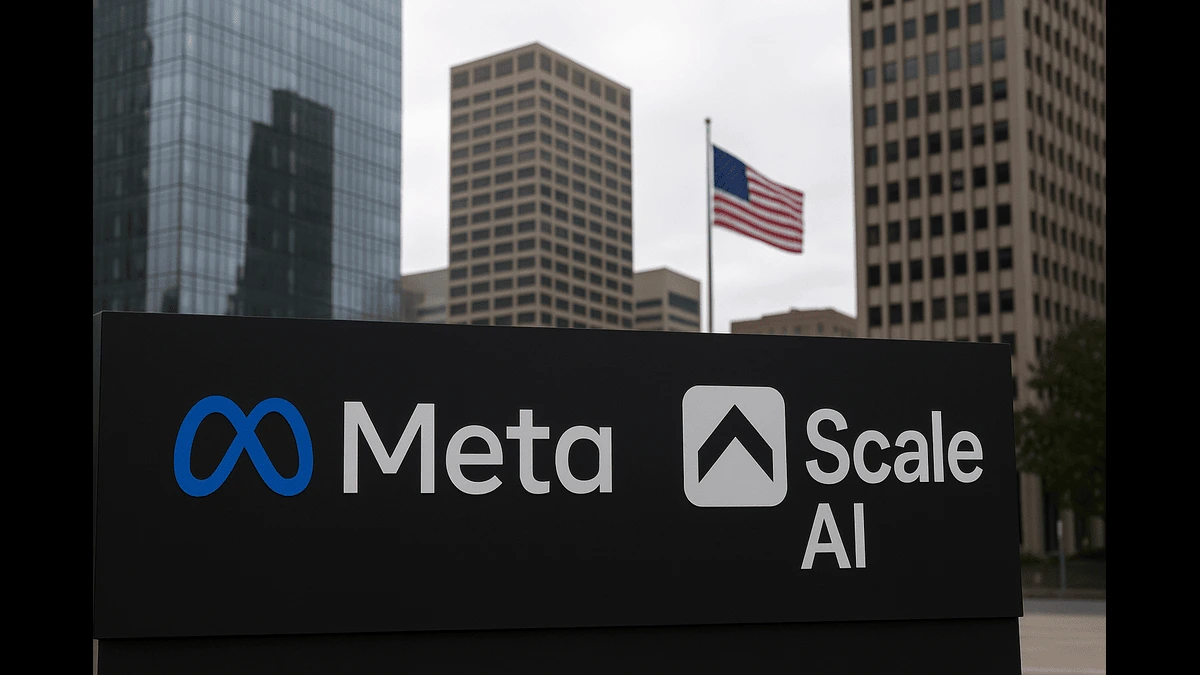
Explore how the Oscars now allow AI-assisted films to compete for awards, as long as human creativity remains central. A deep dive into the future of cinema and artificial intelligence.
In a landmark move that reflects the shifting tides of technology in storytelling, the Academy of Motion Picture Arts and Sciences has formally embraced the presence of generative AI in filmmaking. The change doesn’t mean fully AI-generated films are winning Oscars anytime soon, but it signals a pivotal shift in how Hollywood is rethinking creativity, authorship, and the future of cinema.
The new rule clarifies that the use of generative AI and other digital tools in the making of a film neither helps nor hurts its Oscar eligibility. Instead, the focus shifts to a key principle: the creative contribution of human beings remains central. For a film to qualify, it must still be the product of human artistic vision—even if AI lends a hand along the way.
This update comes at a time when AI-generated visuals, scripts, music, and entire scenes are becoming increasingly common across media production. Tools like OpenAI’s Sora, Runway, ElevenLabs, and Midjourney are giving independent creators and studios alike the power to visualize, animate, and simulate at unprecedented scales and speeds. With this update, the Academy has acknowledged that ignoring AI is no longer an option—but allowing AI to replace the artist is not on the table either.
The Human Stamp Remains Essential
While the rule doesn’t ban AI outright, it puts the emphasis squarely on human authorship. Academy voters are now being asked to consider the “degree to which a human was at the heart of the creative authorship.” That’s a subtle but profound shift. It means AI tools can assist in writing scripts, editing sequences, generating visual effects, or even composing music—as long as they’re guided by an artist’s intent.
This policy walks a tightrope between innovation and integrity. It’s designed to protect the core essence of cinema while giving filmmakers the freedom to explore new technological frontiers. In essence, the Academy is saying: AI can be a brush, but not the painter.
The Industry Reacts
Reactions in the film world have been mixed but largely pragmatic. Some filmmakers fear a slippery slope where AI slowly erodes creative labor, while others welcome the clarity the rule provides. Studios experimenting with AI-assisted workflows now have a clearer blueprint on how to maintain award eligibility.
For indie creators and content studios working on tight budgets, this move opens new doors. AI can help them generate storyboards, previsualizations, and even rough cuts at a fraction of traditional costs. But if the end product lacks human creativity at its core, it’s unlikely to resonate with Oscar voters—or audiences.
A Glimpse into the Future
This decision is also a strategic one. As AI continues to disrupt the creative landscape, other cultural institutions—from music awards to book publishers—will likely take cues from the Academy’s stance. It marks a transition period where collaborative creativity between humans and machines is not only allowed but normalized.
Importantly, this is not a green light for fully synthetic cinema. Films where AI is the sole creator—writing, directing, editing, and animating without human guidance—still fall outside the Academy’s vision of art. The line remains clear: only humans can win Oscars. But with AI as their co-pilot, the stories we tell, and how we tell them, are evolving faster than ever.







